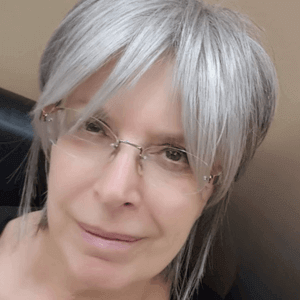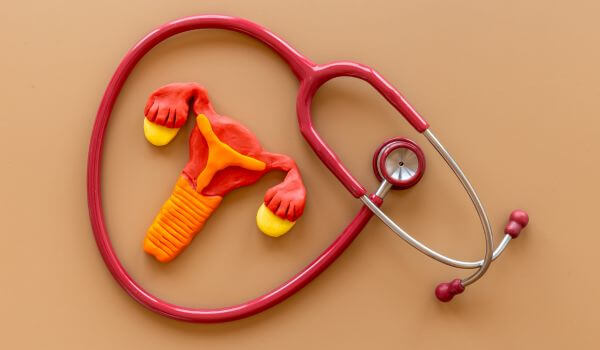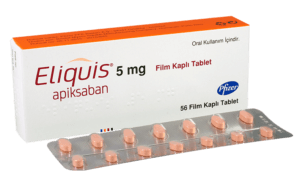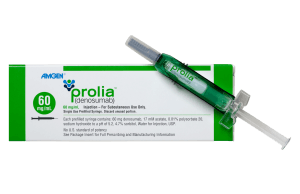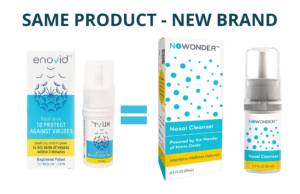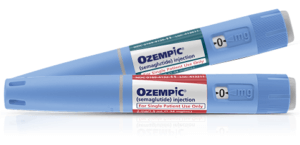
Bipolar disorder is a serious mental illness characterized by episodic mood swings, which include manic highs and depressive lows. I happen to know all about it.
I am the mom of an adult son with bipolar disorder. As a child, our son was the life of the party; he had lots of friends, a wonderful sense of humor, and was super smart. He earned his rabbinic ordination and graduated from law school. He married and had five fabulous kids and a good-paying job. Life was looking good. That is, until his first psychotic episode in his early 30’s. He began engaging in scary and destructive behaviors and was ultimately admitted to an inpatient psychiatric facility. It took several years with further hospitalizations, trouble with the law, and various medication options before he stabilized enough to be able to rejoin his previous life. But sadly, this illness comes with collateral damage. Divorce, job insecurity, debt, loss of relationships, loss of confidence. All of this while trying to function in the world while dealing with the side effects of heavy-duty medications.
It’s a hard, heartbreaking road. But… big point here. There is hope. We never give up hope. Another big point. Help is available. We are not alone.
As I struggled to understand this illness and be a support to my son, I learned about NAMI, the National Alliance of the Mentally Ill. I joined their family support groups, educational programs, webinars, speaker events, and fundraisers. In time, I became stronger and wiser in dealing with this illness and soon joined my local NAMI affiliate as a volunteer to help and advocate for other families.
NAMI is the largest grassroots volunteer healthcare advocacy group in the nation. It started in 1979 in Wisconsin at the kitchen table of concerned parents with adult children with mental health disorders. This was around the time that the mental institutions in America were being shuttered. The responsibility for caring for the mentally ill fell primarily to a community-based model. These parents wanted to fill in the gaps in that care, and soon after, NAMI was born.
The mission of NAMI is to improve the lives of people living with mental illness and their families. We do this through education, support, advocacy, and raising public awareness. We reach out to schools, veterans, law enforcement, healthcare providers, and businesses. We offer educational programs and support groups, and we are very active at the local, state, and federal levels in lobbying for laws to protect our loved ones. Our website, Nami.org, provides comprehensive information about every aspect of dealing with mental illness and lists the programming and services available at each state and local affiliate. Our goals for 2025 are to ensure our loved ones receive early treatment intervention, obtain the best care possible, and divert them from jail to treatment… to help, not handcuffs.
Mental illness affects 1 in 5 people.
Furthermore, according to the website of the National Institute of Mental Health, serious mental illness affects 1 in 20 people. Thought disorders, mood disorders, and personality disorders operate on a spectrum and can overlap with other conditions, like autism, substance abuse, etc. Mental illness may not be curable, but it can be very successfully managed. It is often an arduous process to get the correct diagnosis and find the right medicinal cocktail that will relieve symptoms. When you get it right, it’s a game changer.
Our loved ones have a medical illness, just like any chronic illness – diabetes, cancer, etc. If they come to some insight regarding their illness, stay on a treatment plan, and don’t abuse drugs/alcohol, they can live happy and fulfilling lives. The most successful approach to treating symptoms of mental illness is a combination of medications, therapy, and self-care (good nutrition, good sleep, exercise, and stress management).
Interestingly, there is no other illness quite like this that brings with it judgment, fear, stigma, blame, and discrimination. In NAMI, we say that mental illness is a “no casserole” illness. Friends and family aren’t likely to visit or bring homemade soups and goodies when your kid is in the mental hospital. Sadly, the mentally ill are often neglected, mistreated, and misunderstood. They are sensory sensitive, fragile, and must live with disappointment and the loss of a predictable future.
All of that having been said, the mentally ill people I’ve met and know, including my own son, are some of the most passionate, kind, intuitive, creative, witty, and funny people on earth. I admire their courage and fortitude.
For our loved ones to thrive, four things need to happen: supportive friends/relatives, clean and safe housing, purpose (work/volunteer), and community involvement.
It is said that the moral measure of a society is in how it treats its most vulnerable members: those in the dawn of their lives (children), those in the twilight of their lives (elderly), and those in the shadow of their lives (the sick and disabled). People living with mental illness often find themselves living in the shadows of their lives. It is our mission at NAMI and in the world at large to bring those living with mental illness out of the darkness and into the light with compassion, empathy, acceptance, and full hearts. And then to watch them shine.

